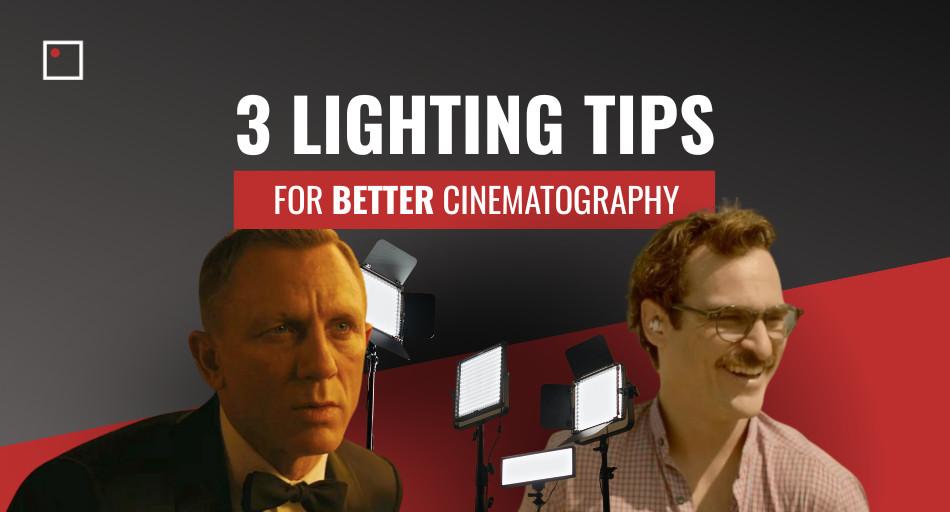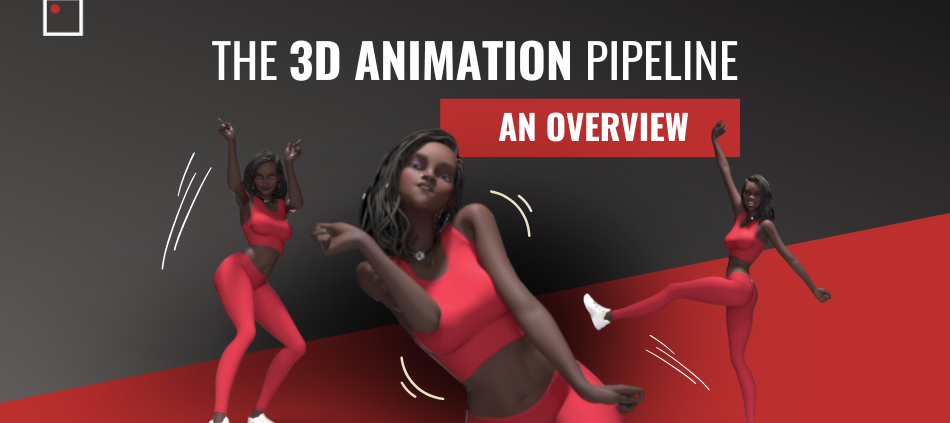The 3D animation industry is a great place for anyone with a creative eye and a knack for computers! But what is involved in the animation process? What do you have to do to create your own 3D animation? In this blog post, we’ll take you on a journey through the typical 3D animation pipeline, showcasing the key steps involved in creating an animated masterpiece!
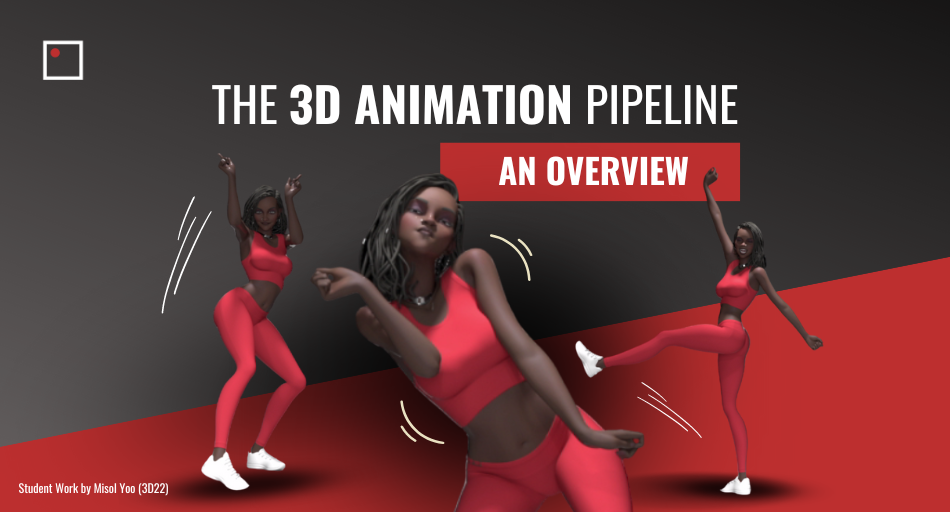
WHAT IS THE ANIMATION PIPELINE?
So, what do we mean what we say “animation pipeline”? In a simple sentence, it is the process animators use when creating a 3D animation. It involves scriptwriting, concept art, character modeling, rigging, animation, lighting, compositing, visual effects, and rendering. In fact, there’s a world of artistic freedom to uncover within each phase of the pipeline!
1. THE SCRIPT
Every animation project begins with a script; the foundation of any compelling story. A professional animator has to first learn the art of crafting engaging narratives, exploring characters, and developing plots in order to captivate audiences. They delve into the fundamentals of good storytelling, honing their skills in character development, dialogue writing, and plot structure before diving into creating the 3D model.
2. CONCEPT ART
Once the script is finalized, it’s time to visualize the world and characters that will inhabit the animated story. The next element of the pipeline involves coming up with concept art. This is where animators bring their imagined characters and environments to life through sketches, digital illustrations, and mood boards. This step is essential to informing the entire design process and visual look of the animation. For example, a character could have a good-natured or evil nature – how is this reflected in the physical look of the character?
3. BUILDING YOUR MODEL
With the concept art as a guide, it’s time to breathe life into your character! Using industry-standard 3D modeling software like Autodesk Maya or Blender, animators create detailed and realistic 3D models. They meticulously sculpt the characters, paying attention to intricate details that enhance their visual appeal and believability.
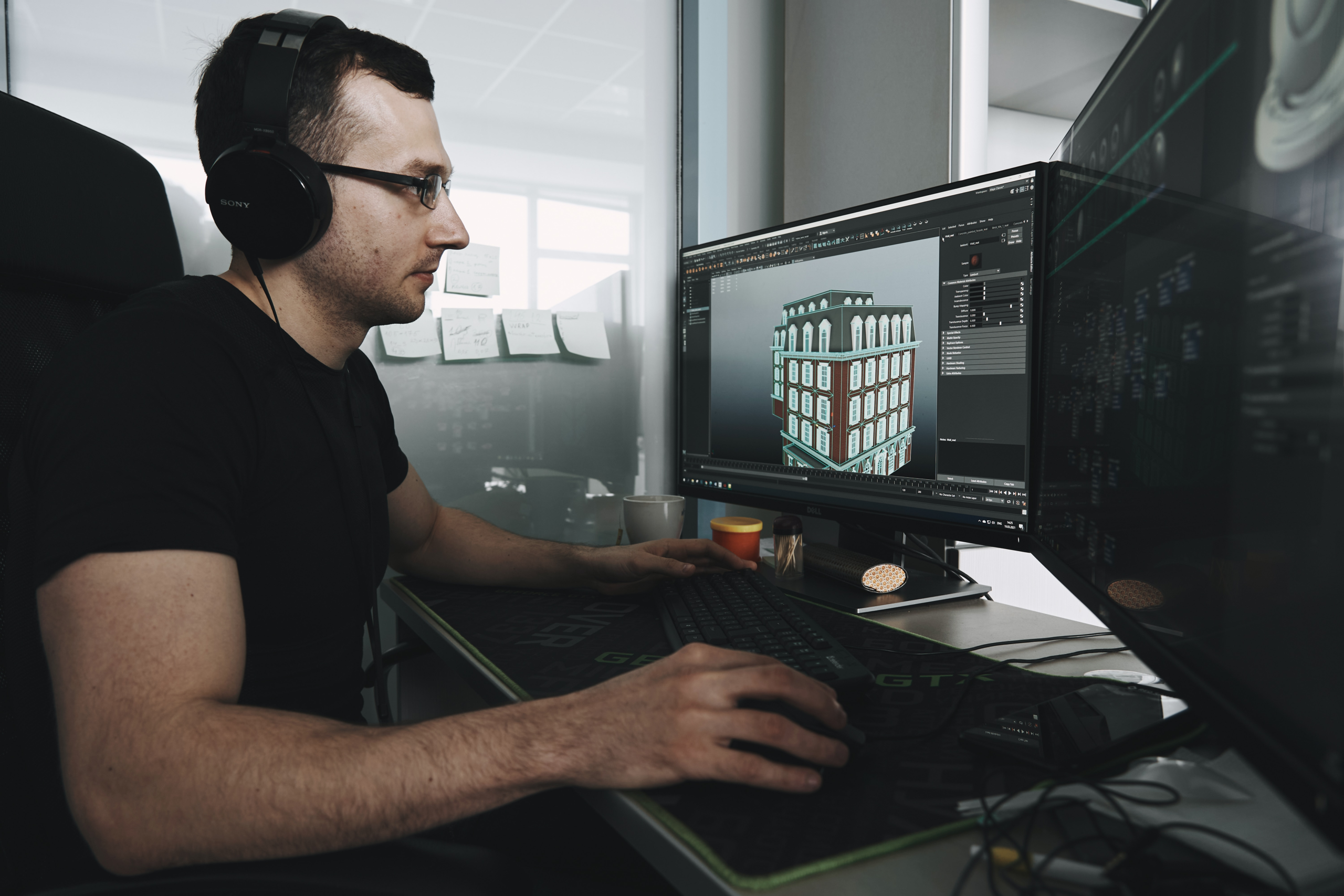
4. ADDING TEXTURE
Now it’s time to add colour and texture! When building a 3D model, it will start out as a flat gray model. This is the default colour for most software. To add colours and textures to the model, animators use 2D images to lay across the surface. The entirety of the colour of a 3D model is often the result of this texturing process.
When it comes to software, animators use software like Adobe Substance 3D Painter or Blender to add colour and textures. You can also hand-paint the textures or use real photos to create a realistic appearance!
5. RIGGING YOUR MODEL
In order to move, characters need a virtual skeleton once they are modelled. Rigging is the process of creating a skeletal structure and defining how the character’s joints, muscles, and facial features will animate. Using tools like Autodesk Maya, you can create smooth and realistic movements for your animations, reinforcing believability and quality storytelling.
6. ANIMATION
Here is where the magic happens! Giving motion to your creation is like breathing life into your characters, making them feel like they’re real!
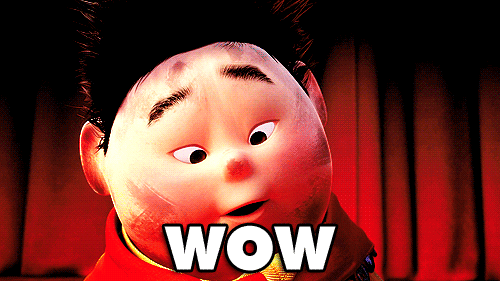
Animating your characters involves a precise combination of timing, spacing, weight, and emotion, to create unique performances. Using techniques like keyframe animation, motion capture, or procedural animation, they make characters walk, run, emote, and interact with the world around them!
7. LIGHT IT UP!
Lighting in 3D animation is much like lighting in photography or filmmaking, and plays a crucial role in setting the mood of the scene. By using a combination of light sources, animators are able to establish the mood, focus the audience’s attention, or represent various environmental elements such as time of the day.
Using lighting software like Autodesk Maya or Arnold allows animators to manipulate shadows, colors, and intensities to create visually stunning and immersive environments.
8. ADDING VISUAL EFFECTS
Visual effects add those extra embellishments to 3D animated films. More specifically, animators use particle effects, simulations, and dynamics to create explosions, fire, water, and more subtle visuals such as fur blowing in the wind or clothing reacting to movement.
9. COMPOSITING
Compositing is the process of integrating various elements, such as other characters, backgrounds, and effects, into a cohesive final moving picture. Animators will utilize software like Adobe After Effects or Nuke to combine different layers, adjust color grading, and add final touches to enhance the overall visual quality!
10. TIME TO RENDER!
The final step in the animation pipeline is rendering. This step can be the hardest of all for many animators! Not only does rendering demand quite a bit of computer power, it also can take anywhere from a few hours to a few days to finish a single render. (We wish we were kidding!) This process involves transforming the digital scene and characters into a finished image or sequence of frames.
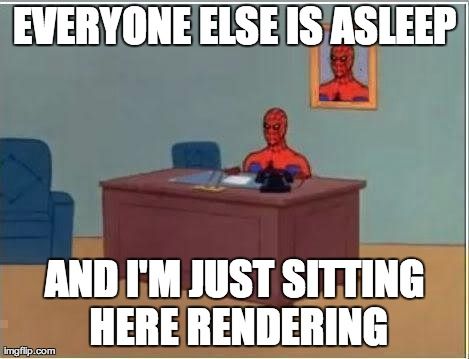
And there you have it—an overview of a typical animation pipeline! The world of 3D animation is a fantastic place to establish a lifelong career if you love technology and want to work in a creative field. This is because of how each phase of the pipeline calls upon different artistic and analytical skills while providing a playground for creativity.
Learn more about 3D animation by doing a deep dive into its history in film, or take a look at our five tips to break into the animation industry if you want to know more about this exciting industry!
Related Articles
3D Animation (Diploma) – InFocus Film School
The History of 3D Animation: A Deep Dive
5 Tips To Break Into The 3D Animation Industry
Top 10 Animation & VFX Studios In Vancouver
Why Is Acting Important In 3D Animation?
What Is The Difference Between 2D & 3D Animation?
TALK TO A PROGRAM ADVISOR
By submitting this form you are agreeing to be contacted by InFocus Film School. We will never sell or distribute your information, and you may opt-out of receiving emails from us at any time. Read our Privacy Policy here.


